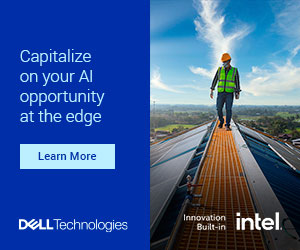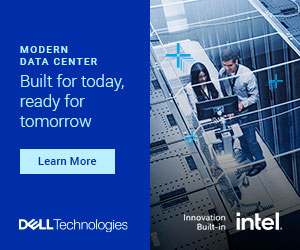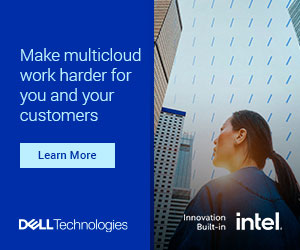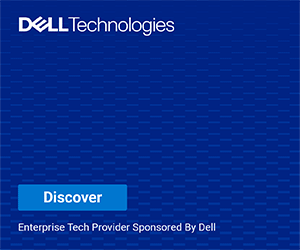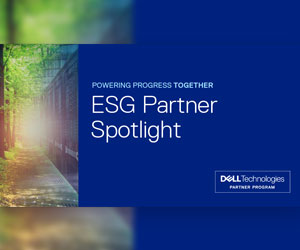The proliferation of connected technologies within the modern enterprise has led to an influx of intelligence and data, information which must be collected and then analyzed to make informed decisions that can improve a company’s services and solutions.
Despite the increased dependency on the data center for housing and accessing this information, current architecture leaves little to be desired. IDC projects that the global datasphere will grow from 33 Zettabytes (ZB) in 2018 to 175 ZB by 2025. The same study also notes that 80% of that data will be unstructured, and 90% of the unstructured data will never be analyzed. Why? There is simply not enough computing power in the world to extract that data’s value.
What’s more, the power required to run an existing data center comes at an increasing cost: according to the World Bank, the cost of energy commodities is expected to be 46% higher, on average, in 2023.
Reducing a carbon footprint with a green data center
To address these matters, companies have embraced the idea of reducing their carbon footprint. And when they go this route, they often shift their focus to the data center. This is because the data center is business critical for data and operations; it’s also largely responsible for a company’s power consumption and energy costs.
The solution that works for most is to go with a green data center approach, as it’s not only positive for climate change, but also seen as a smart economic decision.
Dell Technologies is your trusted vendor to help our customers achieve their sustainability goals
Legacy hardware is the key contributor to the high carbon footprint we see in yesterday’s data centers. While this is true across the board, every data center is different. To address this matter, Dell Technologies partners with you to help figure out how you can help each one of your customers reduce the overall carbon footprint in their data center. This includes factoring in how to optimize things like power, energy efficiency, cooling and thermals, rack space and performance per watt. That’s just the hardware, of course. Dell also focuses on other important factors like data center design, hot/cold aisle containment, cooling methods, and energy sources.
The results of Dell’s efforts in developing sustainable data center technologies and solutions are admirable. Engineering advancements have helped Dell reduce energy intensity in its HCI products up to 83% since 2013. Additionally, the company has increased its energy efficiency on PowerEdge servers by 29% over the previous generation. Ten years ago, it took six servers to do what is possible in just one server today.
Worth pointing out, too: PowerMax storage is 40% more energy efficient than the previous generation.
Dell drives innovations in all its modern storage solutions, including flash storage, data deduplication, and compression. This enables customers to consolidate their hardware and save energy, reducing their physical footprint.
When you combine these hardware advancements with software solutions like OpenManage Enterprise (OME) Power Manager, your customers gain visibility across the environment, whereupon they can leverage telemetry to make critical decisions. This leads to not only a reduced carbon footprint, but lower energy costs, too.
Learn more
Dell Technologies leadership in sustainability has been consistently demonstrated with the right commitments, actions, and business practices to deliver innovative products and solutions which help customers achieve their sustainability goals. Some prime examples of this leadership are their commitment to investing in circular innovation, advancing digital inclusion and their ever-improving Energy Star ratings.
Learn more about Dell’s commitment to advancing sustainability.





